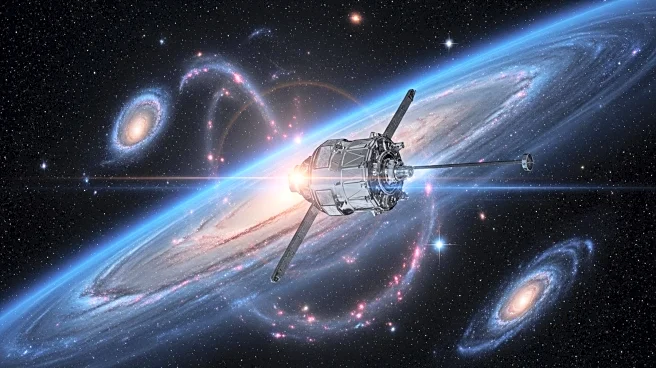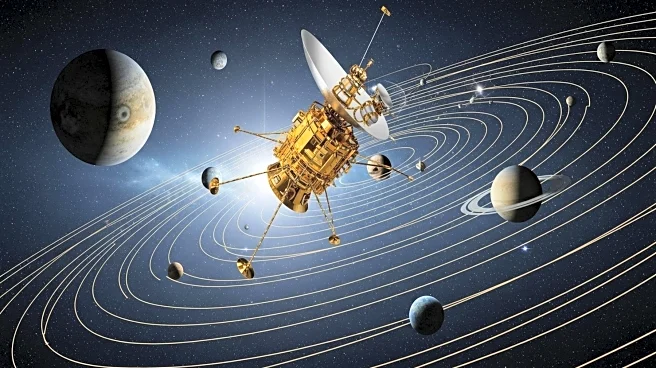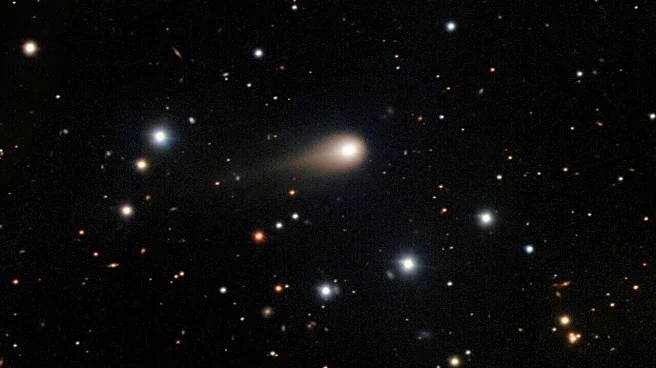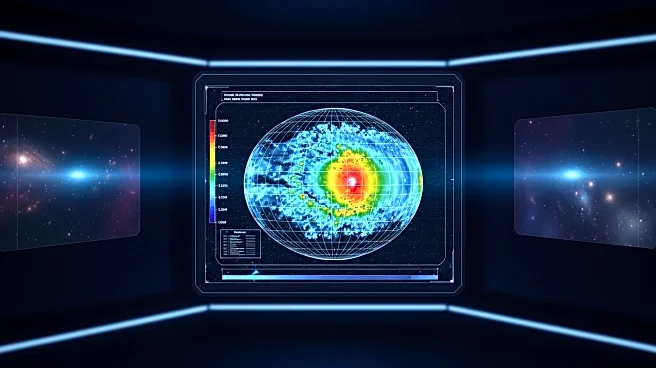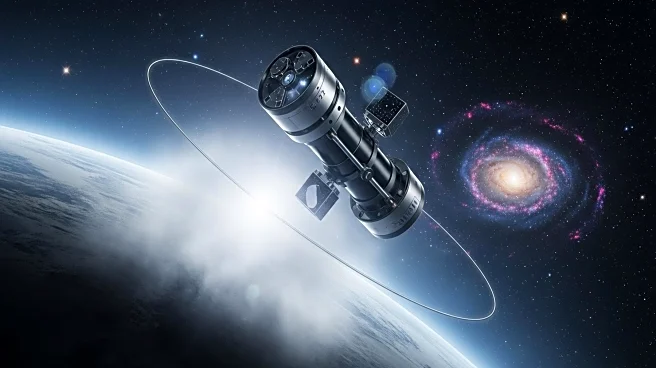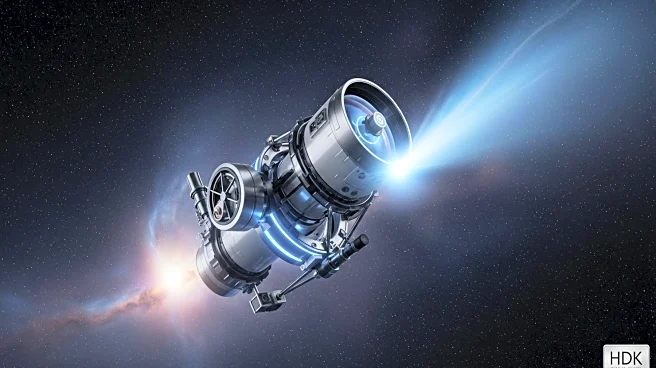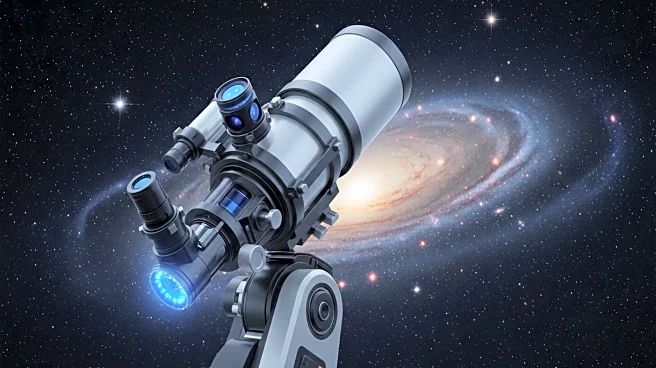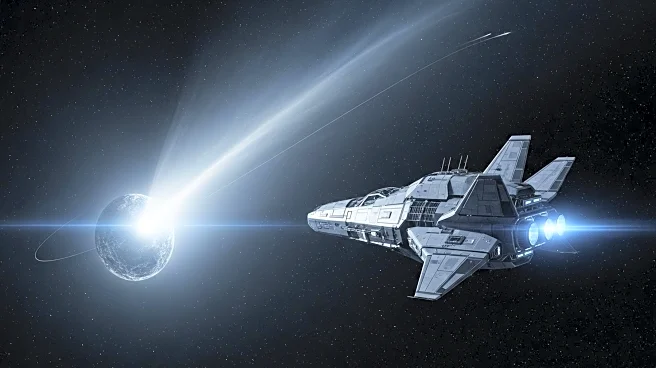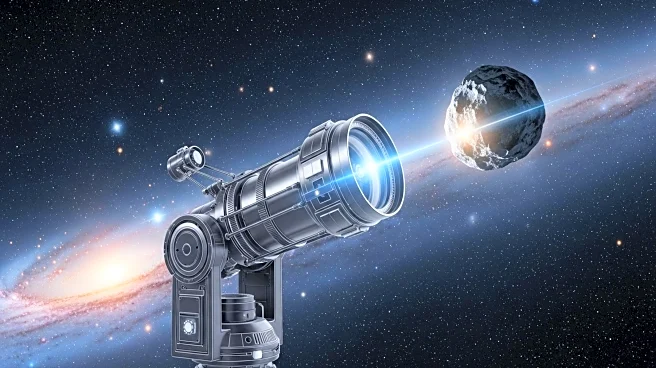What's Happening?
NASA's Voyager 1 spacecraft has encountered a region just beyond the heliopause with unexpectedly high temperatures ranging from 30,000 to 50,000 degrees Celsius. This discovery challenges existing models of the heliopause, which is the boundary between the solar wind and interstellar space. The findings suggest that the interaction between solar wind and interstellar material creates turbulent regions, energizing particles to extreme levels. Despite the harsh conditions, Voyager 1 continues to operate using plasma detectors, magnetometers, and cosmic ray instruments, which are crucial for studying these unexpected regions.
Why It's Important?
The discovery of such high temperatures beyond the heliopause has significant implications for our understanding of the solar system's boundary. It suggests that the transition between solar and interstellar space is more dynamic and energetic than previously thought. This could lead to a reevaluation of how scientists model the heliosphere and its interactions with interstellar space. The findings may also impact future space missions and the design of spacecraft intended to explore these regions, as they will need to withstand extreme conditions.
What's Next?
NASA will continue to monitor Voyager 1's data as it travels further into interstellar space. The spacecraft's remaining instruments will provide valuable insights into the nature of the heliopause and the surrounding regions. Scientists may need to develop new models to better understand the dynamics at play in these high-temperature zones. Additionally, the findings could influence the planning and execution of future missions aimed at exploring the outer reaches of the solar system.
Beyond the Headlines
The discovery raises questions about the nature of space beyond the heliosphere and the potential for unknown phenomena in interstellar space. It highlights the importance of long-term space missions like Voyager 1, which continue to provide groundbreaking data decades after their launch. The findings also underscore the resilience and ingenuity of human engineering, as Voyager 1 operates in conditions far beyond what was anticipated at its launch.
